Interested to get started on learning about bonds? Feeling lost on where to start?
Are you having trouble understanding what bonds are?
You would have come across bonds mentioned here and there as an investment option, and your curiosity has been raised, especially if you are considering adding lower-risk investments to your portfolio, or simply looking for options to make your money work harder for you.
Let’s start from the beginning.
Contents
What Are Bonds?
In a nutshell, think of bonds as IOUs that you buy from the government or companies.
In the same way that a bank extends you a loan for your housing and car, you extend a “loan” to the government and companies. These institutions usually issue bonds to finance their projects and investments with the logic that the future profits from them will be used to repay you.
You may be wondering, how are bonds different from equities? Both are investment options, but the way they generate returns are fundamentally different.
A bond is a debt. When you purchase a bond, you are lending money to the bond issuer. In return, the bond issuer will be legally obligated to pay you a predetermined interest (known as coupons) at fixed intervals. When the bond matures, the bond issuer is then required to return you the principal value in full. Your overall returns are the total coupons you have received throughout the bond duration.
In comparison, equity is a share of the company. When you purchase an equity, you are buying a share of the business. When the business does well and the share price increases, your capital goes up. Conversely, when the business does poorly and the share price decreases, your capital goes down. There are no guarantees. That’s why equities are much more riskier than bonds. If the business collapses, you stand to lose all your capital.
Bonds are typically sold in minimum denominations of US$200,000 and above. CapBridge, a Singapore registered digital wealth management platform, has recently launched their latest asset class – CapBridge Preferred Access Bonds. With a minimum investment amount of just $1,000, now you can invest in bonds too. Read on to find out more.
Definition of Key Terms
When it comes to bonds, there are some key terms you have to understand.
Face/Principal Value: A face/principal value is essentially the value of the bond you will receive from the bond at maturity.
Coupon: Basically, you can think of coupons as being very much like interest. In the same way a bank account generates interest, your bond generates regular coupon payouts at predetermined intervals (usually quarterly, semi-annually, or annually).
Bond Yield: A bond yield is expressed as a percentage. In its simplest interpretation, it is just the annual coupon payment divided by the bond face value. For example, if a bond has a face value of $1,000 and generates $50 of coupons per year, the bond yield will be 5% ($50 / $1,000 * 100% = 5%).
Maturity: Normally quoted as the maturity date. This is when the bond expires and the face/principal value is returned to you.
How Big is the Bond Market?
Bonds are not new. In fact, bonds have been around for millennia and are today one of the most established asset classes in the world.
According to data by the International Capital Market Association, the global bond market is estimated to be worth $128.3 trillion as of Aug 2020. In comparison, the global equity market is only estimated to be worth $86 trillion as of end-2020 according to data from the Securities Industry and Financial Markets Association.
This means that the global bond market is approximately 1.5 times bigger than the global equity market, making it one of the largest in the world in terms of market capitalisation.
Why Investors May Have Overlooked Bonds?
Top investors usually include bonds in their portfolio to diversify and lower their portfolio risk. You may have heard of the classic 60/40 portfolio, where 60% are equities and 40% are bonds.
This classic portfolio construct has stood the test of time and helped many investors improve their overall risk-adjusted returns. Yet, bonds are still largely only traded by institutions or ultra-high net worth individuals. Why?
The biggest reason why regular investors may have overlooked bonds is due to a lack of accessibility. Most bonds are traded as wholesale bonds in denominations of US$200,000 per bond. For regular investor, this high minimum is often out of reach. If we follow the 60/40 portfolio, that means an investor will need to have at least a portfolio value of $500,000 to be sufficiently diversified – $300K in equities and $200K in bonds. And this is just for one bond!
In addition, unlike equities which are traded on a fully transparent public stock exchange, most bonds are traded Over-The-Counter (OTC). A broker acts as an intermediary between the buyer and seller for the transaction, often creating a lack of transparency in the bond prices. Further compounding this are the extra costs usually imposed by brokers, such as access fees, management fees, trading fees and even withdrawal fees. These fees significantly increase the cost of ownership for bonds.
All these factors create a huge entry barrier for regular investors. Is there a better and easier way for regular investors to access bonds?
CapBridge Preferred Access Bonds
CapBridge, a digital wealth management platform headquartered in Singapore, is looking to change the way investors buy and sell bonds. With a minimum investment amount of just $1,000, investors are able to access this valuable asset class at a fraction of the cost.
For an asset class like bonds, this is one of the lowest minimums currently available in the market. This significantly increases the ability for regular investors to access this asset class to diversify their portfolio.
In terms of bond availability, CapBridge works with reputable industry partners to curate and offer only the best quality bonds – institutional-grade bonds. These bonds are issued by established publicly listed companies, ensuring that investors can have a greater peace of mind when investing in them. Some bond issuers include Standard Chartered, HSBC, Keppel REIT, Greenland Group, UBS, Credit Suisse, to name a few. As at July 2021, yields of bonds available on CapBridge range from 2.5% to 9% for US dollar-denominated bonds and 3% to 5% for Singapore dollar-denominated bonds.
CapBridge’s bond platform is also fully digital end-to-end and built with the investor in mind. Transactions are matched directly between buyer and seller, removing the need for any intermediaries in the process. This creates a much more transparent bond trading environment and investors have full control over their investments anytime, anywhere. Fees are also significantly lower compared to traditional brokerages. In fact, access to CapBridge’s bond platform is absolutely free. All an investor has to do is to sign up and complete a simple investor verification – that’s it.
Interested to start? To find out more about CapBridge’s Preferred Access Bonds, visit their website here.
From now till 31 December 2021, investors get to enjoy up to 50% rebate off fees when you invest in bonds through CapBridge. Invest from as low as $1,000.
CapBridge is licensed by the Monetary Authority of Singapore and holds a Capital Markets Services license. Strategic shareholders include the Singapore Exchange, SGInnovate, and Hong Kong government-linked Cyberport Macro Fund.

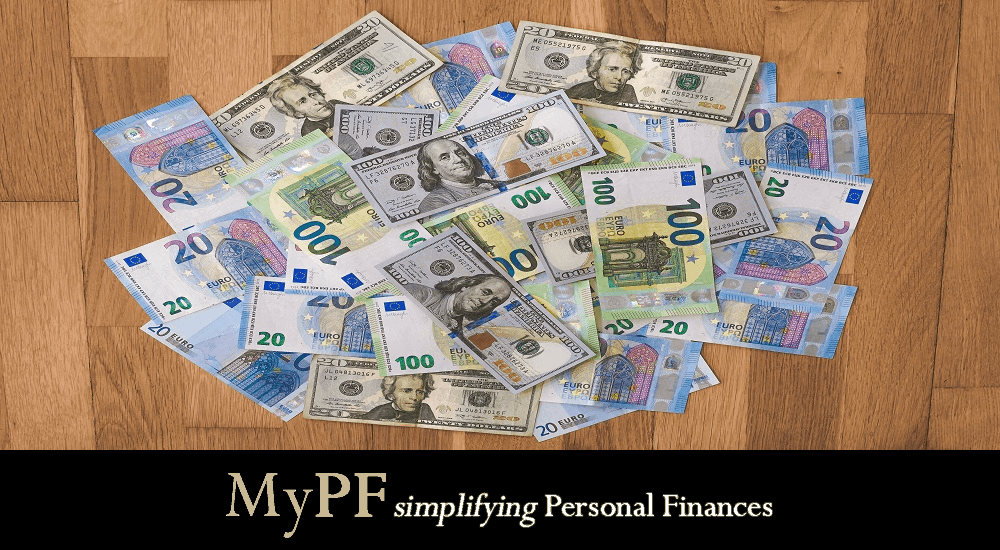
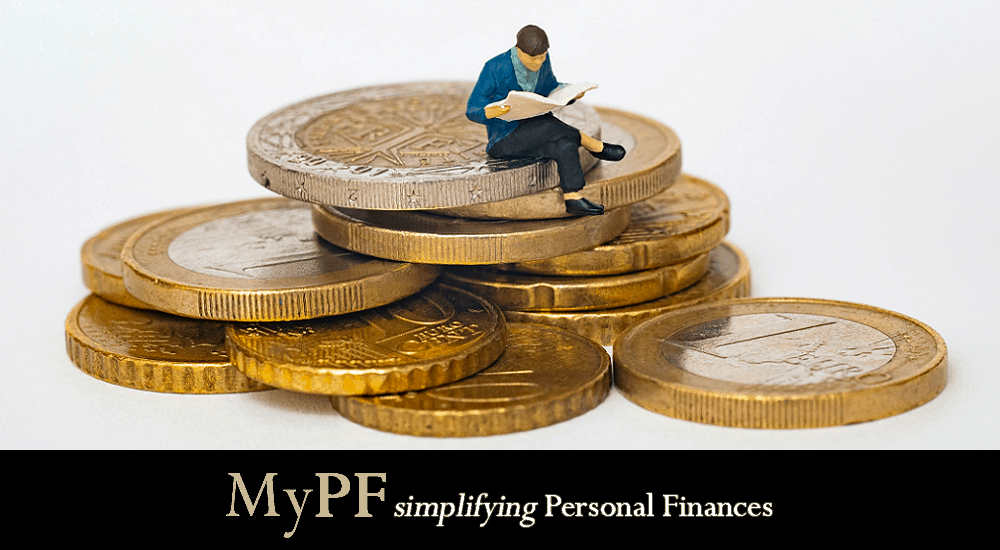
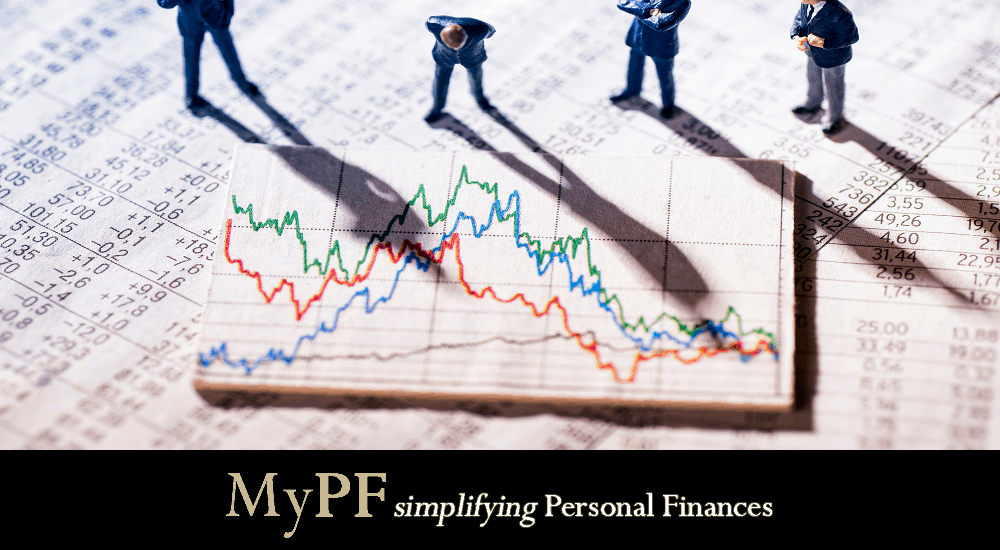
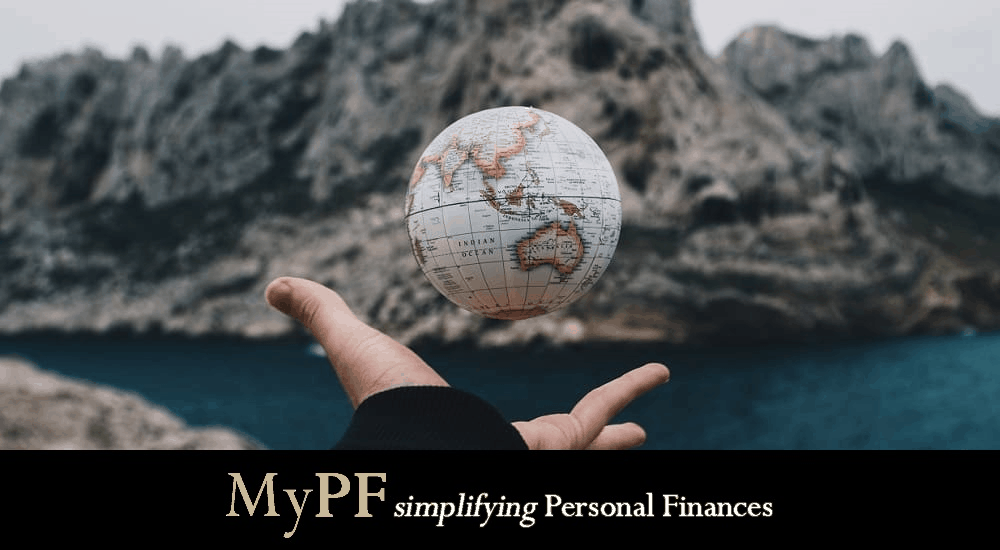

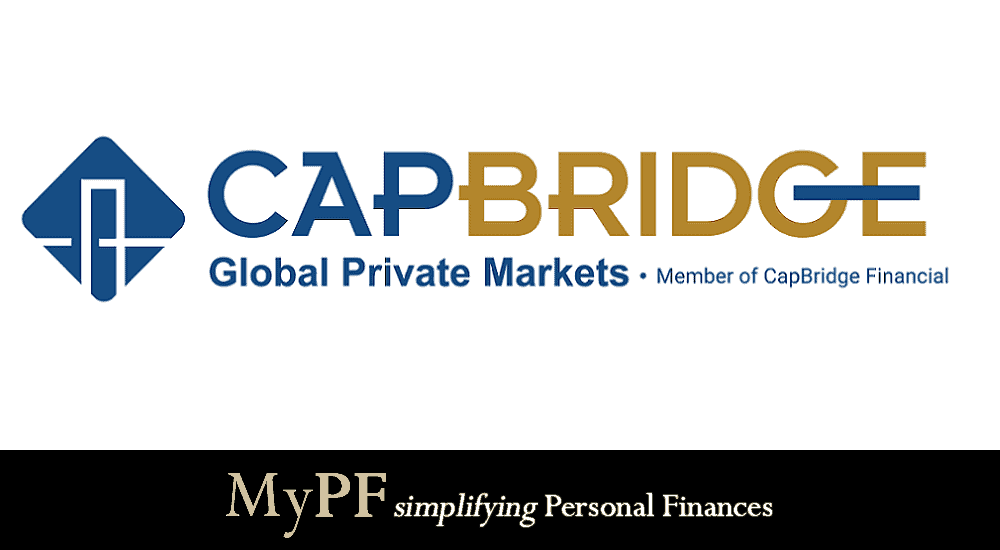



Leave A Comment